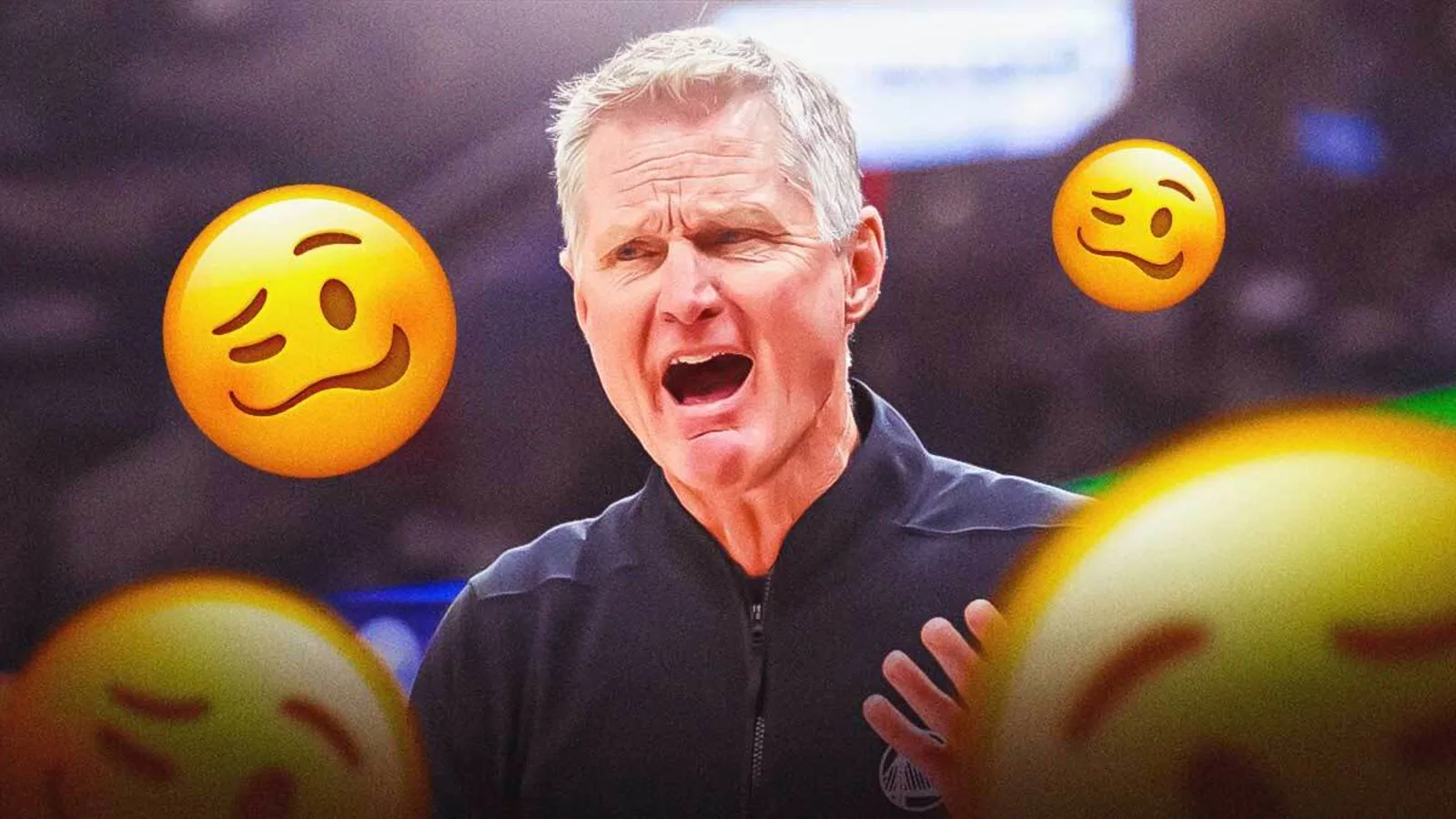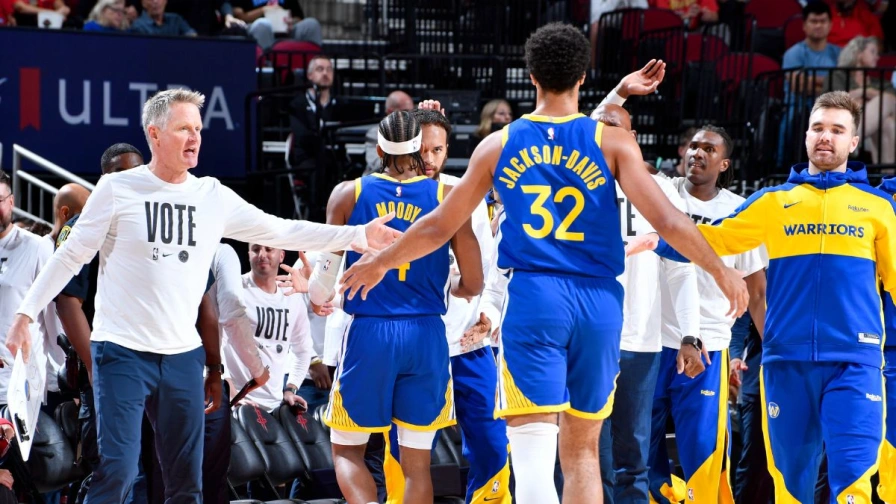On Sept. 19, Los Angeles Dodgers outfielder Shohei Ohtani became the first player in Major League BaseballFOR FOR
history to reach 50 home runs and 50 stolen bases in a single season. He is now the sole member of the 50-50 club
But he was already part of anothtiny group: American professional athletes who’ve chosen to defer nearly all of their earnings. Before the 2024 seasonin salaryWhile deferring some income is not uncommon for professional athletes, past players’ contracts have had much smaller deferrals and included provisions for interest payments on deferred compensation. Ohtani’s contract includes an extremely large deferral along with no interest payment provisions on the $680 million deferral. He’s effectively making a very large “interest-free loan” to the team.
By our calculations, Ohtani may be foregoing between $49 and 91 million by deferring payment. So, why would he choose this unique structure
We question whether the potential state tax savings offset the cost of deferring the income and of any nontax considerations of this compensation structure. Analyzing the present value of his current compensation structure and comparing it to alternative structures can answer that question. While in total, Ohtani will be paid $700 million over a 20-year period, we have to consider the time value of money to estimate the current value of the total payout. If Ohtani took a lump sum of $700 million or ten payments of $70 million, he could invest that money, and it would grow over time.
Although the total payments amount to $700 million, Ohtani is subject to high tax rates at the federal and state levels, bringing the after-tax amount to around $340 million. Moreover, due to the long time period over which they are stretched out, we estimate that the present value after subtracting $340 million in tax payments is around $172 million. (See the end of this article for our calculation tables and information about our simplifying assumptions.)












